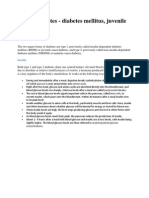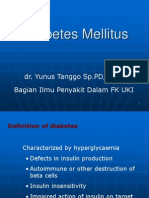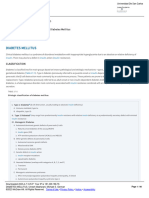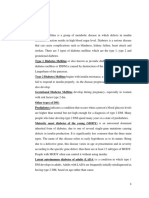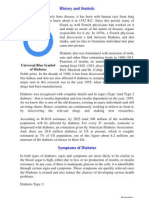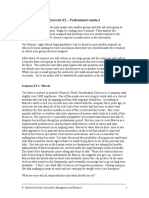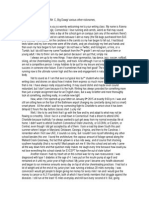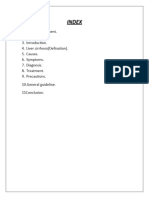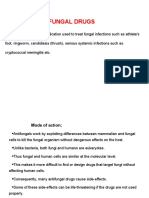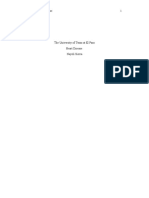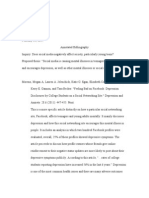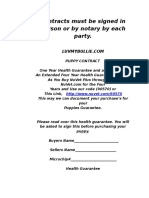0% found this document useful (0 votes)
28 views25 pagesBiochemistry Assignment
This document is a case study on a 40-year-old woman with type 1 diabetes experiencing metabolic acidosis and hyperglycemia. It discusses the causes, symptoms, and long-term treatment of type 1 diabetes, as well as complications associated with hyperglycemia and the relationship between insulin deficiency and hyperglycemia. The assignment aims to apply biochemistry knowledge to patient care and improve problem-solving and decision-making skills.
Uploaded by
Harshi NimaliCopyright
© © All Rights Reserved
We take content rights seriously. If you suspect this is your content, claim it here.
Available Formats
Download as PDF, TXT or read online on Scribd
0% found this document useful (0 votes)
28 views25 pagesBiochemistry Assignment
This document is a case study on a 40-year-old woman with type 1 diabetes experiencing metabolic acidosis and hyperglycemia. It discusses the causes, symptoms, and long-term treatment of type 1 diabetes, as well as complications associated with hyperglycemia and the relationship between insulin deficiency and hyperglycemia. The assignment aims to apply biochemistry knowledge to patient care and improve problem-solving and decision-making skills.
Uploaded by
Harshi NimaliCopyright
© © All Rights Reserved
We take content rights seriously. If you suspect this is your content, claim it here.
Available Formats
Download as PDF, TXT or read online on Scribd
/ 25


















